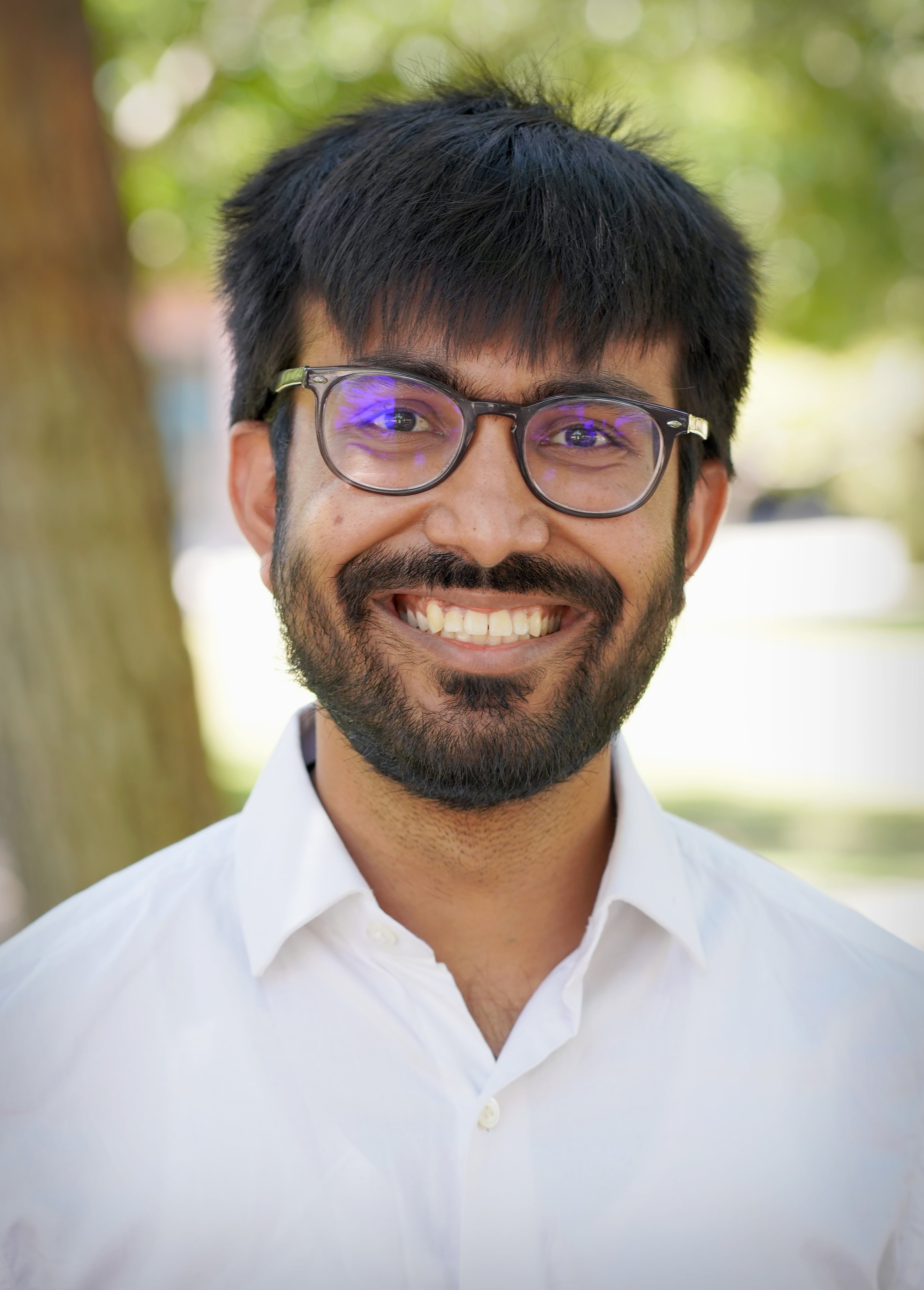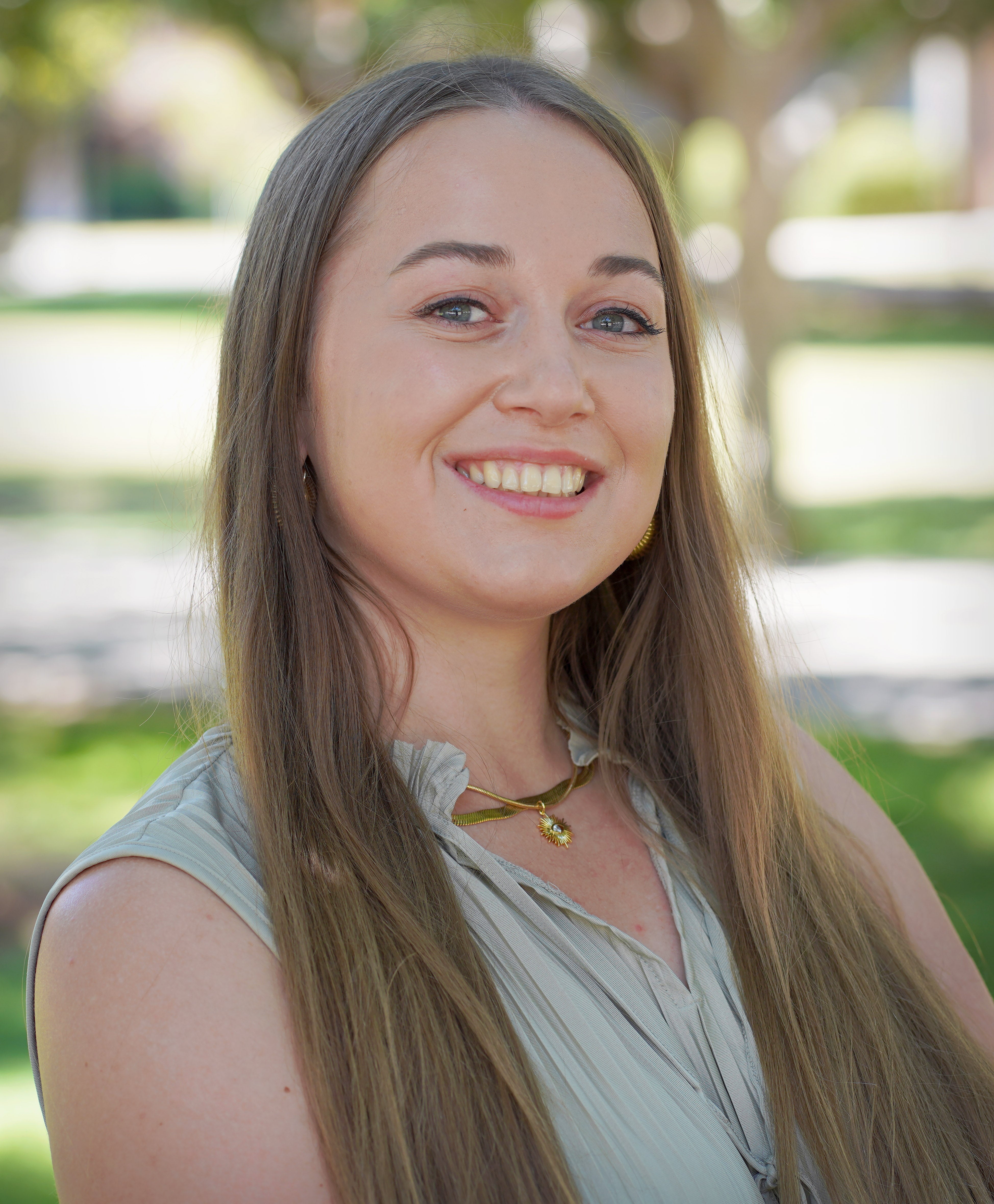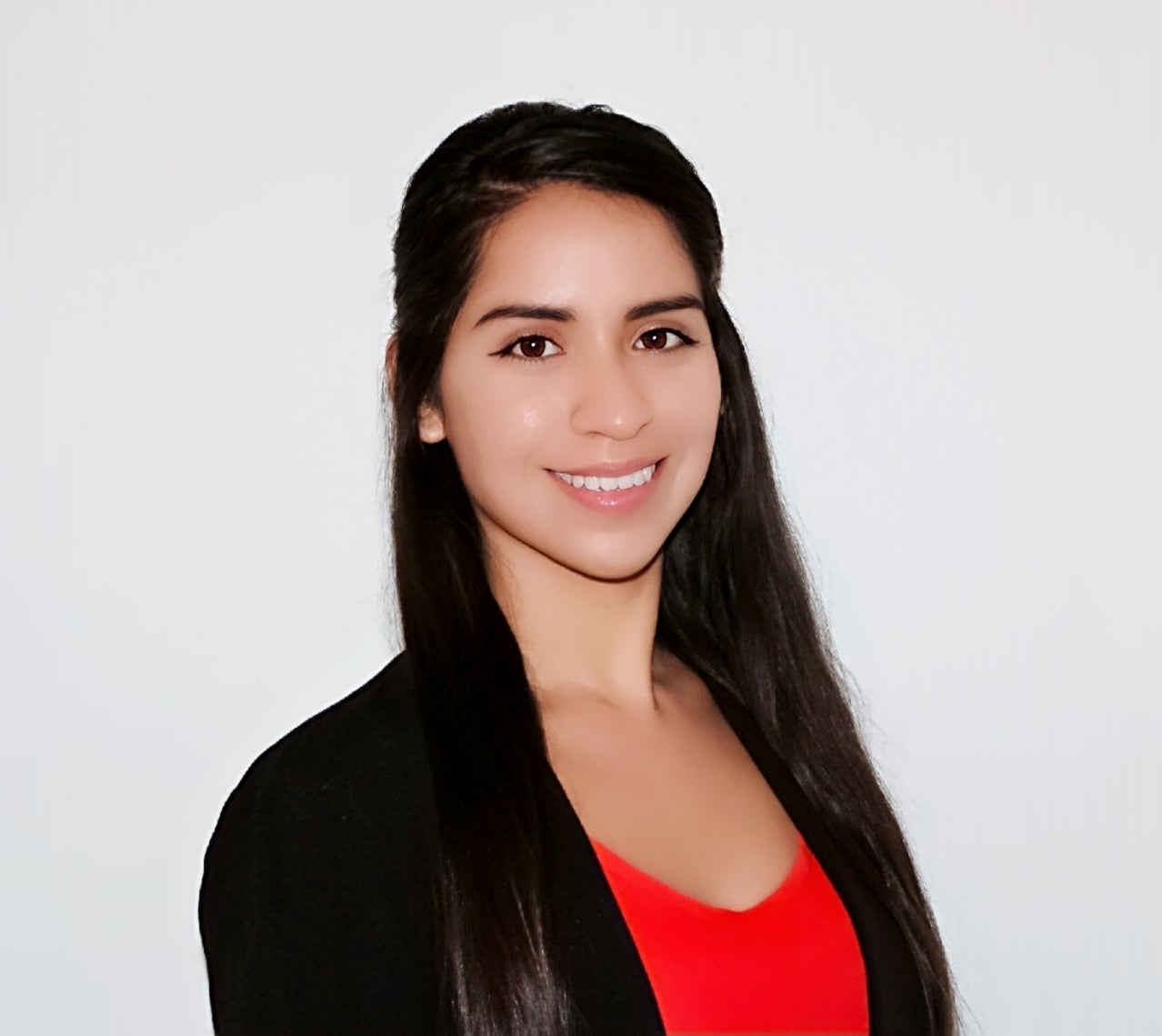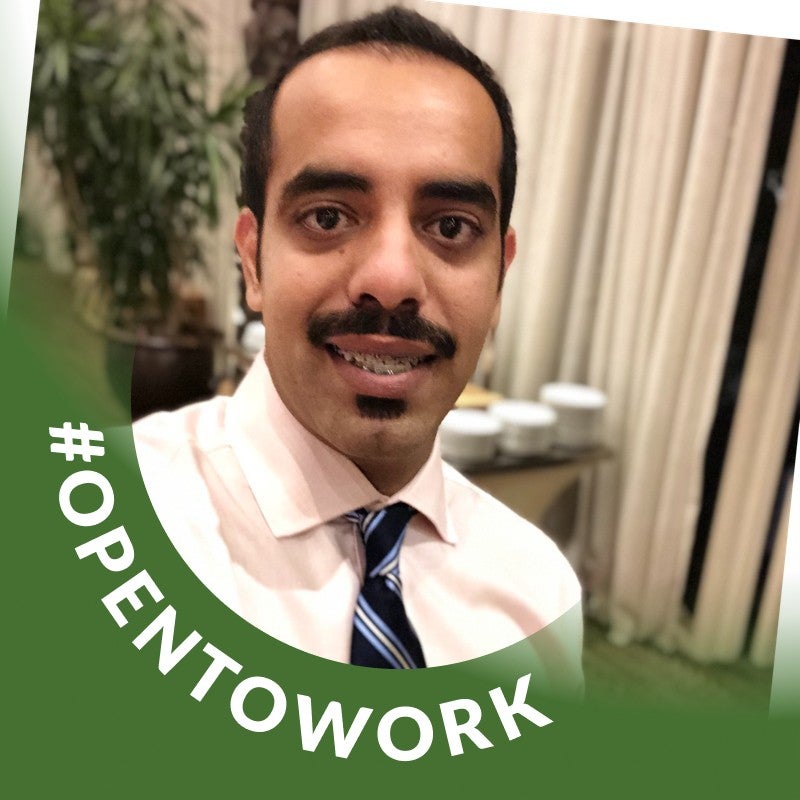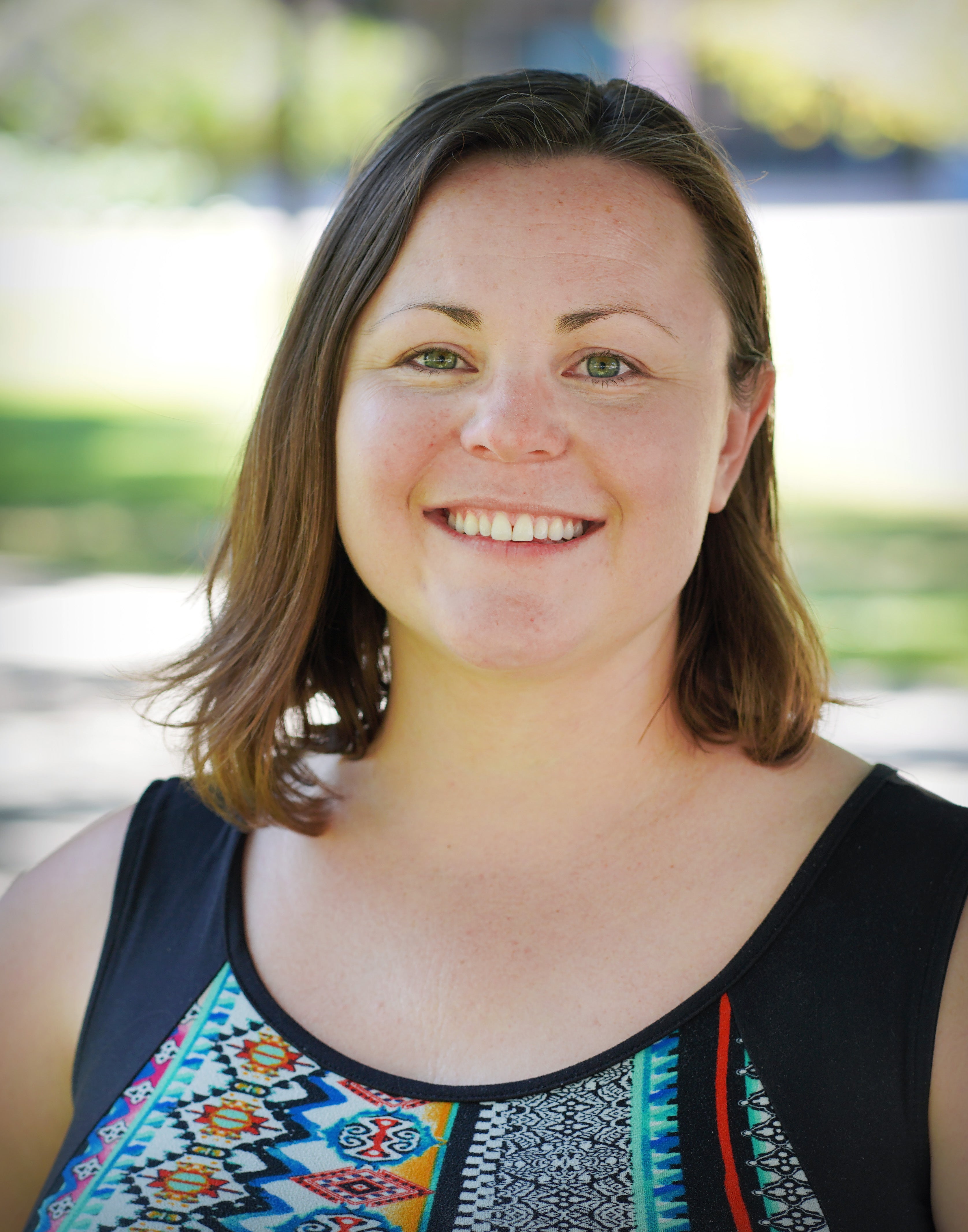Knowledge Exchange for Resilience gives ASU students invaluable experience

This year graduate research assistant Alexandria Drake carried out interviews for a national study of housing loss led by New America. Drake was a contributing writer on the group’s final report, and she presented the study’s findings to housing stakeholders across the county to spark solutions.
Amid the many challenges of the pandemic, student workers at ASU’s Knowledge Exchange for Resilience (KER) collaborated to drive use-inspired research and develop innovative solutions to make our community more resilient.
Alexandria Drake
Global health, PhD, School of Human Evolution and Social Change
One of the things that first drew Drake to KER was the opportunity to work on an interdisciplinary team. Before beginning her PhD program, she worked as an epidemiologist and felt that not enough was being done to break down silos and engage with the community more effectively.
“I really appreciate that KER has embedded in the platform the understanding that resilience and community engagement is inextricably linked with health and well-being of communities,” she said. “Having the opportunity while I'm still in my academic training to figure out ways that we can collaboratively work together and utilize people's expertise and knowledge to tackle some of these really difficult problems is very unique, and I feel very fortunate.”
As a graduate research assistant, Drake focuses on qualitative research methods. In her first year, she collected data on utility bill burden, which KER used to engage utility companies in discussions about how to better help users, particularly during the summer months.
This year she carried out interviews for a national study of housing loss led by New America. Drake was a contributing writer on the group’s final report, and she presented the study’s findings to housing stakeholders across the county to spark solutions.
“We develop our projects at KER with an end deliverable in mind, which I think is really important, especially in an academic setting,” said Drake. “The goal is community engagement and doing research that can positively impact the community.”
Read AZCentral’s coverage of Drake’s research here.
Kevin Vora
Robotics and autonomous systems, MS, Ira A. Fulton Schools of Engineering
Kevin Vora
As a master’s degree student in the Ira A. Fulton Schools of Engineering, Vora joined KER to gain more experience in data analytics. He found that and more.
“I actually feel myself putting the skills to the right use and bringing some impact here,” he said. “I am able to publish my results, and our researchers put them to the right use.”
In his position as data analytics research aide, Vora analyzed COVID-19 cases by geographic region and found they resembled a patchwork of outbreaks rather than a single uniform pandemic. He shared these results with decision-makers, helping them develop more informed policies and interventions.
Vora is also helping KER build a knowledge alliance tool, a search engine to help ASU faculty and community experts find one another and collaborate. This involves scraping websites for massive amounts of text data.
“It's really cool that that chunk of data can actually be so meaningful and would bring two communities closer to each other,” he said.
“We are not doing analytics or building predictive models to just get conclusions out of the data. What we are doing is getting the meaning in such a way that it helps the community.”
Katsiaryna Varfalameyeva
Human and social dimensions of science and technology, PhD, School for the Future of Innovation in Society
Katsiaryna Varfalameyeva
Varfalameyeva began working for KER in 2019, hoping for an opportunity to make use of her urban planning degree and geographic information system (GIS) skills. That first summer she spent three months mapping 2,000 mobile homes in Mesa.
KER researchers had found that a high concentration of heat-related deaths occurred among mobile home residents, yet these communities appeared as empty space on digital maps. Varfalameyeva’s mapping on OpenStreetMap helped fill this void and put vulnerable populations back on the map.
“I was so interested and deep into this issue that I decided to use it for my master’s thesis,” she said.
Varfalameyeva graduated from ASU in 2020, but she has continued to work with KER to develop solutions for heat resilience in mobile home communities.
After working with students in the EPICS program to collect a body of proposed solutions, she created a 3D model with a co-worker to explore the costs and benefits of each solution. Varfalameyeva used this knowledge to co-create an architectural proposal for St. Vincent de Paul for a short-term housing community.
“We had meetings with city councils and other people from different organizations who actually can make change, and it was interesting to see how they didn't know about this problem,” she said. “I feel that my research produced some meaningful solutions and proposals for people who really need it.”
Now she’s distilling all of this knowledge into a heat resilience toolkit: “It's kind of a guide that will collect all the solutions that we research at KER to build heat-resilient communities, and it will explain what solutions we have, how you can use them and how you can optimize them.”
Varfalameyeva recently presented on this work at the American Association of Geographers Annual Meeting.
Gracie Valdez
Public administration, MPA, School of Public Affairs
Gracie Valdez
“I saw the opportunity to work with a diverse team that was inclusive, and you don't find that in many places,” said Valdez of her decision to work for KER. “I think that's imperative for anything if you want to be innovative; you have to bring different fields of study to it.”
Valdez, who graduated this May from the School of Public Affairs with a Master of Public Administration, has worked with KER fellows and scholars to study COVID-19 data visualizations to gain insights about communicating data visually during a crisis.
“I did a 20-media-outlet survey seeing what narratives and visualizations they were using, and then I also went through each one of the 50 states’ health department dashboards to see what they were presenting, what was missing and what could have been improved,” she said.
Valdez found that vulnerable populations often weren’t properly represented on these visualizations, hindering the ability of decision-makers to allocate funding to the places that needed it most.
In addition to studying COVID-19 vidualizations, she also analyzed data from the Homeless Management Information System (HMIS) to help develop a risk-model app. The technology helps service providers prioritize those most vulnerable to experiencing recurring or long-term homelessness.
“It’s inspiring to come together to be able to shine a light on these issues and to be able to start developing plans of action for things that have been there for the longest time but no actual resolution has been set in motion because people were in their own corners,” said Valdez.
Abdulrahman ‘Al’ Alsanad
Advanced study in geographic information systems, MS, School of Geographical Sciences and Urban Planning
Abdulrahman ‘Al’ Alsanad
Alsanad began working with KER in 2019 as a bachelor’s degree student. Having served as a YouthMappers intern, he enjoyed using mapping to help people around the world and was excited to put these skills to use locally.
Working alongside Varfalameyeva and other KER researchers, Alsanad mapped Mesa’s mobile home communities to help decision-makers better serve those most vulnerable to heat. He also mapped electricity consumption data between 2019 and 2020 to show how the pandemic affected Maricopa County residents.
Now Alsanad splits his time between the Laboratory for Energy And Power Solutions (LEAPS) and KER, working to electrify rural areas in Nigeria, Sierra Leone and Niger.
“I'm responsible for mapping the mini power grids, so they can be processed through a software called Zindi,” he said. “After that's done, the data gets back to me, and I map it again to create a heat map.”
Alsanad says that he knows his work is helping people: “We're definitely making a change in the world, so that's why I love working with KER.”
Lily Villa
Sociocultural anthropology, PhD, School of Human Evolution and Social Change
Lily Villa
In 2019, Villa joined KER as a research assistant. She started off assisting with literature review, drafting publications and training youth in mapping to do citizen science. She now provides research and publication support for KER’s current and former Resilience Fellows.
“I’m currently supporting Augie Gastellum and Rafael Martinez, and we’ve been doing community organizing over in Mesa to counteract gentrification in the area,” she said.
Villa has worked with Phoenix Rescue Mission’s Nate Smith to analyze data collected at food pantries and draft research articles discussing how COVID-19 affected food insecurity in Phoenix.
“The community-driven research and collaborative opportunities are out of this world. I had no idea I’d be able to make an impact directly in my community while I was working on my graduate degree,” said Villa.
To her surprise, she has gained a newfound appreciation for the geographic research methods she has learned through this work.
“I’ve been volunteering with Mass Liberation AZ and White People Against White Supremacy, and I’ve taken the knowledge I’ve gained and applied it to mapping heat, green space, gentrification and redlining,” said Villa. “I just don’t think I’ll do research again without mapping included.”
Without a doubt, the students at the Knowledge Exchange for Resilience are strengthening community resilience and developing valuable skill sets while contributing to real-world solutions.
The Knowledge Exchange for Resilience is grateful for the diverse perspectives and passionate dedication of its student workers past and present:
| Sakina Alblooshi | Vivian Arriaga |
| Sushil Rajagopalan | Kevin Jatin Vora |
| Dhrumil Shah | Yash Vijay |
| Sam Golla | Yash Rajkumar Vakil |
| Alexandria Drake | Elisha Charley |
| Ashley Funneman | Samkit Shah |
| Lily Villa | Gracie Valdez |
| Nayan Khare | Ritesh Reddy Anugu |
| Nikhil Netraganti | Shakthi Bharathi Murugesan |
| Srinivas Vallabhaneni | Abdulrahman Alsanad |
| Nisha Ravikesavan | Devendra Chaudry |
| Katsiaryna Varfalameyeva | William McAndrew |
| Carlos Aguiar Hernandez | Noor Aftab |
More Health and medicine
Is ‘U-shaped happiness’ universal?
A theory that’s been around for more than a decade describes a person’s subjective well-being — or “happiness” — as having a U-…
College of Health Solutions medical nutrition student aims to give back to her Navajo community
As Miss Navajo Nation, Amy N. Begaye worked to improve lives in her community by raising awareness about STEM education and…

Linguistics work could improve doctor-patient communications in Philippines, beyond
When Peter Torres traveled to Mapúa University in the Philippines over the summer, he was shocked to see a billboard promoting…
